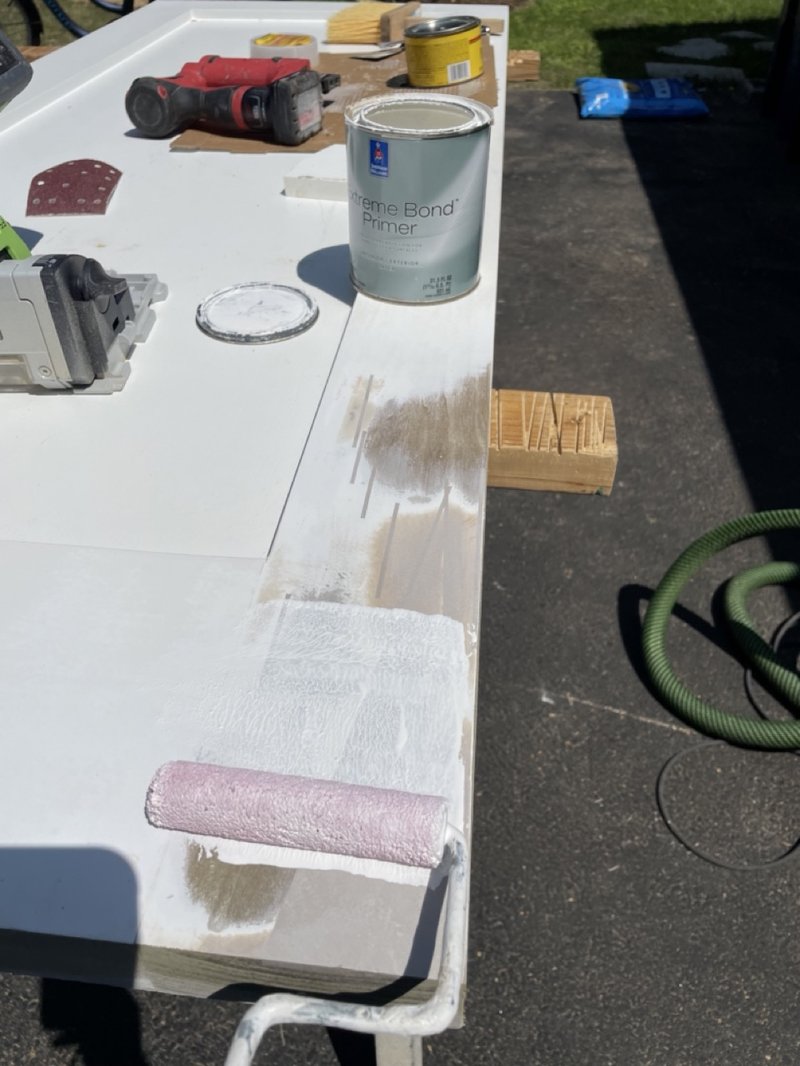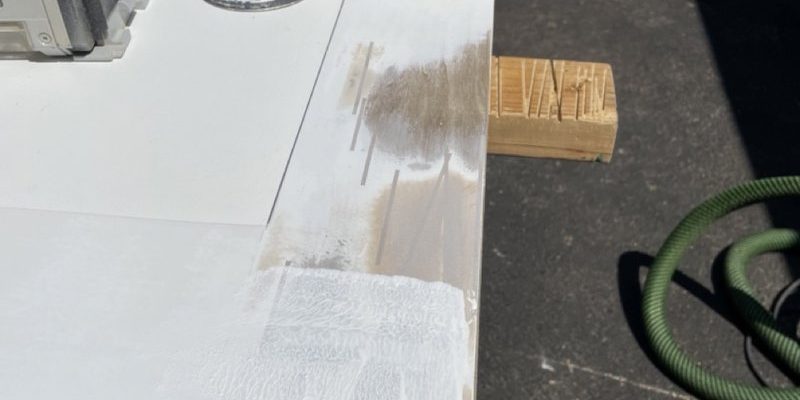
A door latch is the unsung hero of your home—keeping things secure and allowing access when you need it. If you’ve got a latch from a brand like Kwikset or Schlage, you might find that these durable devices can still malfunction when paint forms a barrier. So, let’s dive into how to free your latch from its paint prison and restore its functionality without the hassle.
Understanding How Paint Affects Your Door Latch
Old paint, while it might have looked great at one time, can become a real nuisance for door hardware. Over the years, layers can build up, seeping into the crevices of your latch. Why does this matter? Well, a latch relies on smooth movement to engage and disengage properly. When paint clogs this area, it turns your latch from a reliable mechanism into a stubborn mess.
You might be wondering how the paint gets in there in the first place. Often, during a paint job, it’s easy for droplets or spills to find their way onto the latch. Even if you think you’ve been careful, years of neglect can lead to a buildup that’s hard to ignore. Removing this paint buildup is crucial for the latch to function correctly—after all, a latch that sticks is as useful as a door without one!
Gathering Your Tools and Supplies
Before diving into repairs, you’ll want to gather a few tools. Having the right supplies on hand makes everything smoother. Here’s what you’ll likely need:
- Screwdriver: A trusty tool to remove the latch from the door.
- Paint remover: This will help dissolve the paint without damaging the latch.
- Soft cloth: For cleaning and drying the latch afterward.
- Lubricant: Something like WD-40 will help keep the mechanism moving smoothly.
- Old toothbrush: Great for scrubbing away stubborn paint.
Having these items ready ensures you can tackle the project without unnecessary interruptions. Plus, it’s always good to have a clean workspace so you can clearly see what you’re doing.
Removing the Door Latch
Now that you’re equipped, it’s time to get your hands dirty. First, you’ll need to remove the latch from the door. Here’s how:
1. Locate the screws: You’ll usually find screws on the edge of the door where the latch is installed.
2. Unscrew the latch: Using your screwdriver, remove the screws carefully. Keep them in a safe spot so you don’t lose them!
3. Take out the latch: Once unscrewed, gently pull the latch out of the door. If it doesn’t come out easily, check for any paint that might still be holding it in place.
Taking your time with these steps is key. Rushing can lead to stripped screws or broken components, which is the last thing you want!
Cleaning the Latch
With the latch removed, it’s time for the messy part—cleaning it up. Here are some steps to follow:
1. Apply paint remover: Use a small amount of paint remover and apply it to the areas with paint buildup. Be careful not to soak it—just a light coat will do.
2. Let it sit: Allow the remover to work its magic for the amount of time recommended on the packaging. This usually only takes a few minutes.
3. Scrub gently: With your old toothbrush, scrub the latch gently. You want to remove the paint without scratching the latch itself. This might take a bit of elbow grease, but it’s worth it!
After cleaning, wipe down the latch with a soft cloth. You’ll want it dry and ready for reinstallation. This is also a good time to check for any signs of wear or damage that might need attention.
Lubricating the Latch Mechanism
Once your latch is clean and dry, it’s crucial to lubricate it before putting it back in. This step is what keeps everything moving smoothly. Here’s how to do it:
1. Choose your lubricant: WD-40 is a popular choice, but any light lubricant will work. Avoid heavy greases as they can attract dirt.
2. Apply sparingly: Put a small amount onto the latch mechanism. You don’t need to drown it—just enough to coat the moving parts.
3. Work it in: Move the latch back and forth a few times to spread the lubricant evenly. This helps ensure that every part is well-coated.
Lubrication helps prevent future paint issues by keeping the mechanism functional and reducing friction, which can lead to wear over time.
Reinstalling the Latch
Now that your latch is clean and well-lubricated, it’s time to put it back in. Follow these steps:
1. Align the latch: Slide it back into its place in the door.
2. Screw it in: Use your screwdriver to secure the screws back into place. Make sure they’re snug but not overly tight—avoid stripping them.
3. Test the latch: Before closing the door, give the latch a test. It should move easily and engage without sticking.
If everything feels smooth, congrats! You’ve just revived a crucial part of your door hardware.
Preventing Future Paint Damage
Now that you’ve successfully tackled the latch issue, let’s talk about how to keep it functioning smoothly in the future.
1. Use painter’s tape: When painting near your door, use painter’s tape to protect the latch. This simple step can save you from headaches down the road.
2. Regular maintenance: Every so often, check your latch for paint buildup. The sooner you catch it, the easier it’ll be to fix.
3. Re-lubricate regularly: Consider adding a little lubricant every few months as part of your home maintenance routine. This simple action can extend the life of your latch.
By taking these preventative measures, you can ensure your door latch remains reliable and functional for years to come.
In conclusion, repairing a door latch damaged by old paint isn’t just about restoring functionality—it’s about understanding how to care for your home. By knowing the steps to clean and maintain your latch, you’ll avoid future frustrations and keep your home secure. So next time you face a stubborn latch, you’ll have the confidence and knowledge to tackle it head-on!
